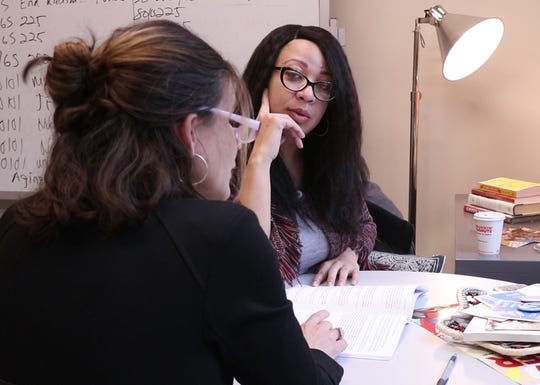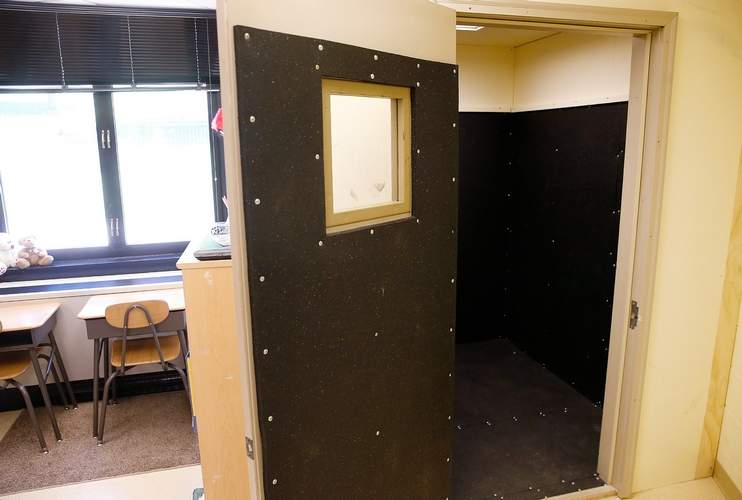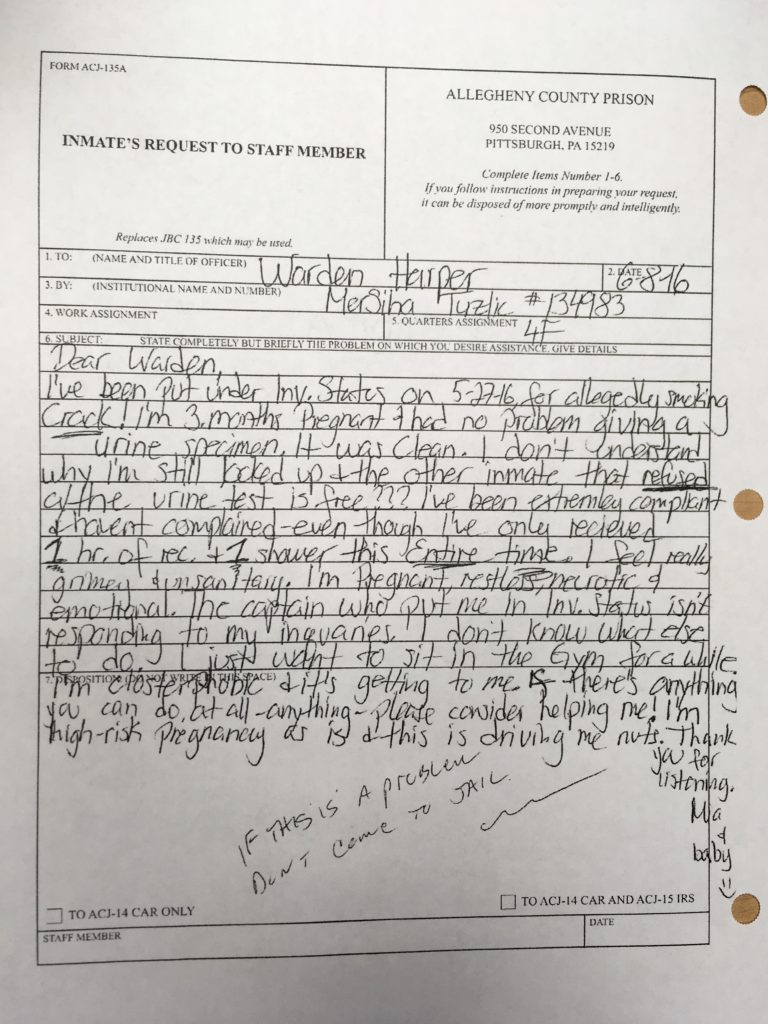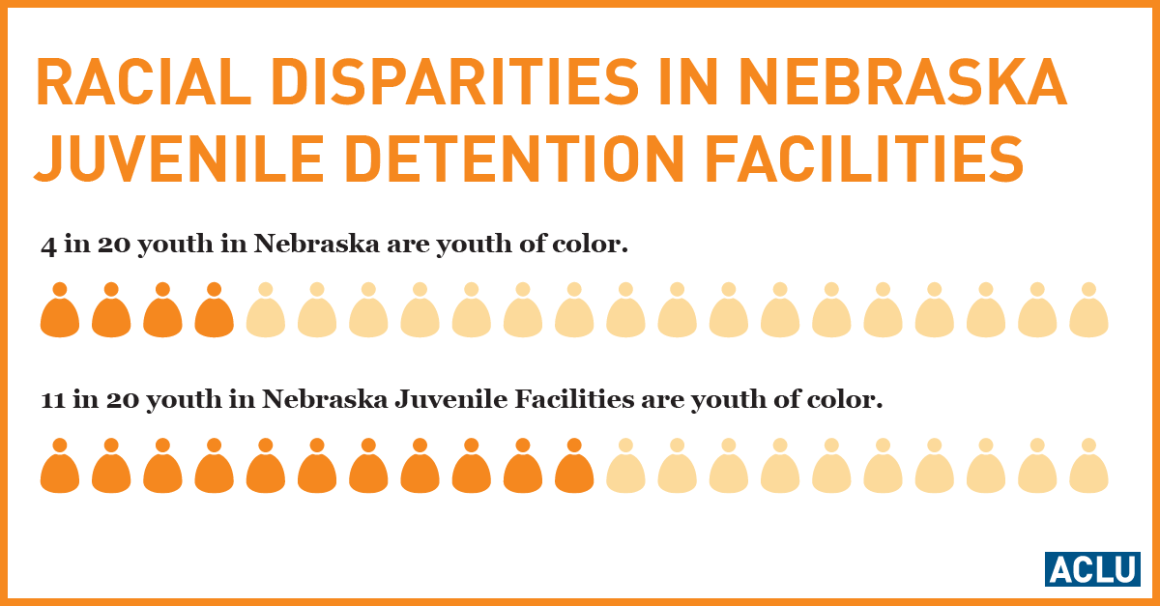
At least 61,000 people on any given day are in solitary confinement in the United States. Every day, they spend 22-23 hours in a cell the size of an elevator. Most prisoners in solitary confinement spend months in solitary, with some spending years. This torturous practice leaves long-lasting damage and increases the likelihood of re-offending. The practice also disproportionately affects Latinx and African American populations.
There are few studies about this, as prisoners are constantly left out of research; they are a population that remains invisible to the eyes of the public. There are serious problems with lack of data transparency and the fact that many prisons are closed off to observers. Many researchers are denied access to data and prisons, which allows for the extent of the use of solitary confinement and its impact on prisoners to remain understudied.
The few studies that have been conducted show that solitary confinement doesn’t make prisoners more dangerous to other prisoners or guards, but it is more likely to make them a danger to themselves. A study conducted by the American Public Health Association reports that suicide is a major concern. The population studied includes 4,699 incarcerations between January 1, 2010, through January 31, 2013. The study found evidence of self-harm associated with solitary confinement even when put in confinement only once.
Trans women in men’s prisons are continuously abused and face humiliation. Being sent to an all-male-detention center as a female often means automatic solitary confinement. They are dumped, alone, into tiny cells because they can’t be sent to women’s prisons. Prison systems are unsuitable for women and for trans women and men.
Sonya Calico, a Latinx trans woman, was put in solitary confinement “for her protection.” She spent 9 months, 23 hours a day, in solitary. She began questioning her life, doubting herself, doubting everything, doubting her identity, doubting her sanity, doubting whether she would survive. Why was Sonya Calico in solitary? For the crime of being a trans woman.
A trans person should be able to enter the prison that most accurately represents their gender identity. While trans identity is increasingly recognized as a human right, in prisons it is still a managing tool. When prisoners are intentionally degraded and stripped of their humanity, the prison is only a site of punishment without any pretense of rehabilitation.
By punishing trans women for being trans women, prisons further enforce discrimination and persecution. By keeping prison seclusion practices hidden, activists and scholars find it more than difficult to design evidence-based policies. Advocacy groups who want to address the enormity of this abuse find little to no evidence and data. The issue demands attention. Since it goes understudied, the public doesn’t know what’s going on in prisons, and especially in segregation units. Using a petition, reaching out to local politicians or even just using social medias to bring attention to the abuse is a step we can take, as an initial response. Data matters. Transparency matters. Trans women matter.
(Image Credit: Buzzfeed)









